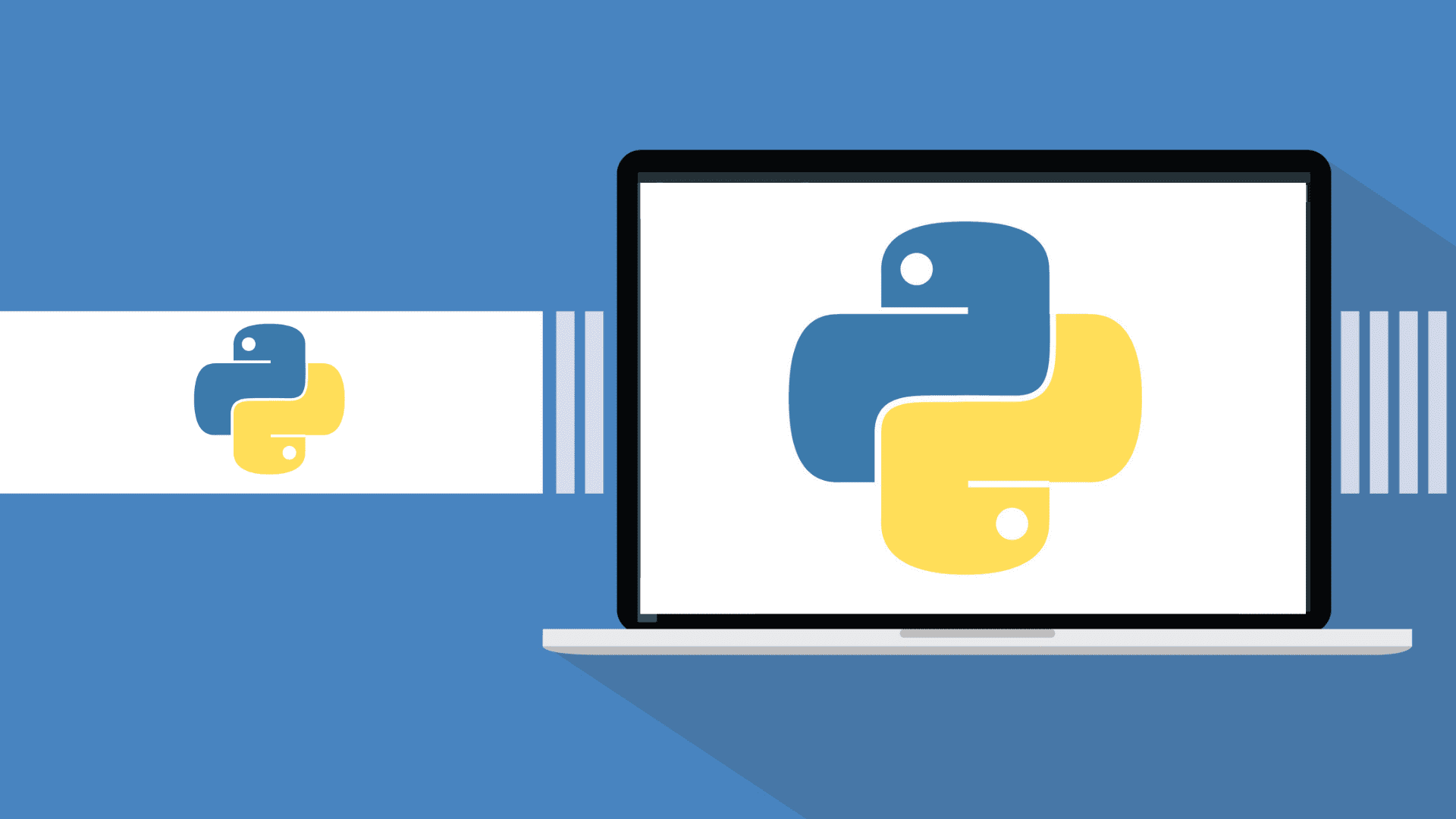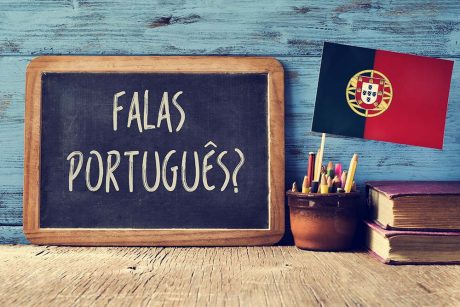Python Programming Beginner to Advanced - Level 3
Overview
Python Programming Beginner to Advanced – Level 3 – Learn Python is commonly used for developing websites and software, task automation, data analysis, and data visualization. In this course you will learn how to become a professional Python programmer and learn how to easily create programs, apps, scripts, games and much more.
In this practical, hands-on course where we blend practical work with solid theoretical training, our main objective is to give you the education not just to understand the ins and outs of Python Programming, but also to learn exactly how the software development industry works, the different roles within a team, and how to land a Python Programming job without a degree.
A Python Developer will likely also be responsible for creating integrable systems, but ultimately, the role depends on the industry and job description.
Why You Should Consider Taking this Course at Study365?
Study365 is a leading online provider for several accrediting bodies, and provides learners the opportunity to take this accredited iAP course. At Study365, we give our fullest attention to our learners’ needs and ensure they have the necessary information required to proceed with the training.
Learners who register will be given excellent learning support, discounts for future purchases and be eligible for a TOTUM Discount card and Student ID card with amazing offers and access to retail stores, the library, cinemas, gym memberships and their favourite restaurants.
- About the Tutor
- Learning Outcomes
- Who is this Course for?
- Entry Requirements
- Method of Assessment
- Certification
- Awarding Body
- Career Path & Progression

Juan Galvan is a visionary, marketer and digital entrepreneur. He has been effective in enabling digital businesses to reach the next level of success. He believes in continued education and wants to share his extensive knowledge and experience as a coach, consultant and strategist with others. He aims to enable learners to expand their skill set in digital marketing, web development, programming and e-commerce. Juan Galvan will guide you to make critical business decisions, develop unique ways to deliver products in the marketplace and have clarity and confidence in your business.
- How to use the basic Python structures: strings, lists, and dictionaries
- Learn to use Python Object-Oriented Programming (OOP).
- Confidence to write Python scripts to perform automated actions.
- Learn to create your own Python programs from scratch.
- Students
- Aspiring Python Developer
- IT professionals
- Learners should be over the age of 16 and have a basic understanding of English, ICT and numeracy
- A sound educational background is recommended
This is a knowledge-based course, and thus, will contain no method of assessment.
Upon the successful completion of the course, learners will be awarded an accredited Certificate of Completion for Python Programming Beginner to Advanced - Level 3 By iAP.
The International Awards for Professionals (iAP) is an awarding body established in 1999 that aims to promote a high educational standard. They hope to create online education that is trustworthy and credible. They are focused on raising the standards of online education, and ensuring it is accessible to all. The iAP provides accreditation for a range of educational establishments, and monitors and continually develops the educational standards of such institutions. Their globally recognised certifications give learners the opportunity to acquire the skills and knowledge needed to gain employment in the chosen fields.
A Python Developer is responsible for coding, designing, deploying, and debugging development projects, typically on the server-side (or back-end). But they also play a role in helping organizations with their technological framework. It’s relatively easy to learn. Given below are job titles you can compete for with additional qualifications along with the average UK salary per annum according to https://www.glassdoor.com.
- Python Developer
- Data Scientist
- Machine Learning Engineer.
Python has been adopted by many non-programmers too.
- Accountant
- Scientist
Course Curriculum
| 1. Introduction to Python Programming from A-Z | |||
| 1.1. Intro to python section overview | FREE | 00:05:00 | |
| 1.2. What is python programming? | FREE | 00:10:00 | |
| 1.3. Who is this course for? | FREE | 00:05:00 | |
| 1.4. Python programming marketplace | FREE | 00:06:00 | |
| 1.5. Python job opportunities | FREE | 00:05:00 | |
| 1.6. How to land a python job w/o a degree | 00:08:00 | ||
| 1.7. Python programmer job roles | 00:09:00 | ||
| 2. Getting Familiar with Python | |||
| 2.1. Getting familiar with python overview | 00:06:00 | ||
| 2.2. Installing python on windows | 00:09:00 | ||
| 2.3. Anaconda and jupyter notebooks part 1 | 00:08:00 | ||
| 2.4. Anaconda and jupyter notebooks part 2 | 00:16:00 | ||
| 2.5. Python syntax | 00:02:00 | ||
| 2.6. Python line structure | 00:03:00 | ||
| 2.7. Line structure exercise | 00:07:00 | ||
| 2.8. Python comments | 00:05:00 | ||
| 2.9. Joining lines in python | 00:05:00 | ||
| 2.10. Working with multiple statement on a single line | 00:05:00 | ||
| 2.11. Indentation | 00:08:00 | ||
| 3. Python Basic Data Types | |||
| 3.1. Python basic data types overview | 00:08:00 | ||
| 3.2. Python variables | 00:08:00 | ||
| 3.3. Integers and floats | 00:08:00 | ||
| 3.4. String overview | 00:10:00 | ||
| 3.5. String manipulation | 00:07:00 | ||
| 3.6. String indexing | 00:04:00 | ||
| 3.7. String slicing | 00:08:00 | ||
| 3.8. Working with boolean | 00:05:00 | ||
| 3.9. Printing function | 00:10:00 | ||
| 3.10. Mini project – letter counter | 00:20:00 | ||
| 4. Python Operators | |||
| 4.1. Python operators overview | 00:04:00 | ||
| 4.2. Arithmetic operators | 00:08:00 | ||
| 4.3. Assignment operators | 00:04:00 | ||
| 4.4. Comparison operators | 00:09:00 | ||
| 4.5. Logical operators | 00:13:00 | ||
| 4.6. Identity operators | 00:05:00 | ||
| 4.7. Membership operators | 00:02:00 | ||
| 4.8. Bitwise operators | 00:08:00 | ||
| 5. Python Advanced Data Types | |||
| 5.1. Python advanced data types overview | 00:11:00 | ||
| 5.2. Python lists | 00:05:00 | ||
| 5.3. List slicing and indexing | 00:04:00 | ||
| 5.4. Python tuples | 00:02:00 | ||
| 5.5. Python sets | 00:06:00 | ||
| 5.6. Python dictionaries | 00:11:00 | ||
| 5.7. When to use each one? | 00:05:00 | ||
| 5.8. Compound data types | 00:03:00 | ||
| 6. Python Control Flow Part 1 | |||
| 6.1. Python control flow part 1 overview | 00:15:00 | ||
| 6.2. Intro to control flow | 00:01:00 | ||
| 6.3. More conditional statements | 00:05:00 | ||
| 6.4. For loops | 00:10:00 | ||
| 6.5. While loops | 00:12:00 | ||
| 7. Python Control Flow Part 2 | |||
| 7.1. Python control flow part 2 overview | 00:02:00 | ||
| 7.2. Break statements | 00:08:00 | ||
| 7.3. Continue statements | 00:05:00 | ||
| 7.4. Zip function | 00:07:00 | ||
| 7.5. Enumerate function | 00:04:00 | ||
| 7.6. List comprehension | 00:04:00 | ||
| 8. Python Functions | |||
| 8.1. Python function overview | 00:03:00 | ||
| 8.2. Intro to functions | 00:02:00 | ||
| 8.3. Python help functions | 00:03:00 | ||
| 8.4. Defining functions | 00:09:00 | ||
| 8.5. Variable scope | 00:08:00 | ||
| 8.6. Doc strings | 00:04:00 | ||
| 9. User Input and Error Handling | |||
| 9.1. User input and error handling overview | 00:02:00 | ||
| 9.2. Intro to error handling | 00:03:00 | ||
| 9.3. User input | 00:04:00 | ||
| 9.4. Syntax errors | 00:04:00 | ||
| 9.5. Exceptions | 00:11:00 | ||
| 9.6. Handling exceptions part 1 | 00:08:00 | ||
| 9.7. Handling exceptions part 2 | 00:08:00 | ||
| 10. Python Advanced Functions | |||
| 10.1. Python advanced function overview | 00:05:00 | ||
| 10.2. Lambda functions | 00:05:00 | ||
| 10.3. Functions args and kwargs | 00:10:00 | ||
| 10.4. Python iterators | 00:08:00 | ||
| 10.5. Generators and yield | 00:12:00 | ||
| 10.6. Map function | 00:14:00 | ||
| 10.7. Filter function | 00:08:00 | ||
| 11. Python Scripting and Libraries | |||
| 11.1. Python scripting and libraries overview | 00:05:00 | ||
| 11.2. What is a script? | 00:01:00 | ||
| 11.3. What is an ide? | 00:17:00 | ||
| 11.4. What is a text editor? | 00:12:00 | ||
| 11.5. From jupyter notebook to vscode part 1 | 00:15:00 | ||
| 11.6. From jupyter notebook to vscode part 2 | 00:05:00 | ||
| 11.7. Importing scripts | 00:03:00 | ||
| 11.8. Standard libraries | 00:04:00 | ||
| 11.9. Third-party libraries | 00:06:00 | ||
| 12. NumPy | |||
| 12.1. Numpy overview | 00:04:00 | ||
| 12.2. Intro to numpy | 00:04:00 | ||
| 12.3. Why use numpy | 00:04:00 | ||
| 12.4. Numpy arrays | 00:10:00 | ||
| 12.5. Reshaping, accessing, and modifying | 00:07:00 | ||
| 12.6. Slicing and copying | 00:04:00 | ||
| 12.7. Inserting, appending, and deleting | 00:10:00 | ||
| 12.8. Array logical indexing | 00:04:00 | ||
| 12.9. Broadcasting | 00:08:00 | ||
| 13. Pandas | |||
| 13.1. Intro to pandas | 00:17:00 | ||
| 13.2. Pandas series | 00:17:00 | ||
| 13.3. Pandas series manipulation | 00:17:00 | ||
| 13.4. Pandas dataframe | 00:17:00 | ||
| 13.5. Pandas dataframe manipulation | 00:13:00 | ||
| 13.6. Dealing with missing values | 00:10:00 | ||
| 14. Intro To OOP | |||
| 14.1. Functional vs oop | 00:06:00 | ||
| 14.2. Oop key definitions | 00:04:00 | ||
| 14.3. Create your first class | 00:12:00 | ||
| 14.4. How to create and use objects | 00:06:00 | ||
| 14.5. How to modify attributes | 00:12:00 | ||
| 15. Advanced OOP | |||
| 15.1. Python decorators | 00:27:00 | ||
| 15.2. Property decorator | 00:09:00 | ||
| 15.3. Class method decorator | 00:07:00 | ||
| 15.4. Static methods | 00:10:00 | ||
| 15.5. Inheritance from a-z | 00:21:00 | ||
| 16. Starting a Career in Python | |||
| 16.1. Python career overview | 00:06:00 | ||
| 16.2. Getting started with freelancing | 00:09:00 | ||
| 16.3. Building a brand | 00:12:00 | ||
| 16.4. Personal branding | 00:13:00 | ||
| 16.5. Importance of having website/blog | 00:04:00 | ||
| 16.6. Networking | 00:06:00 | ||
| 16.7. Top freelance websites | 00:08:00 | ||
| 16.8. Creating a python developer resume | 00:06:00 | ||
| Completion Certificate Request | |||
| Completion Certificate Request | |||






No Reviews found for this course.